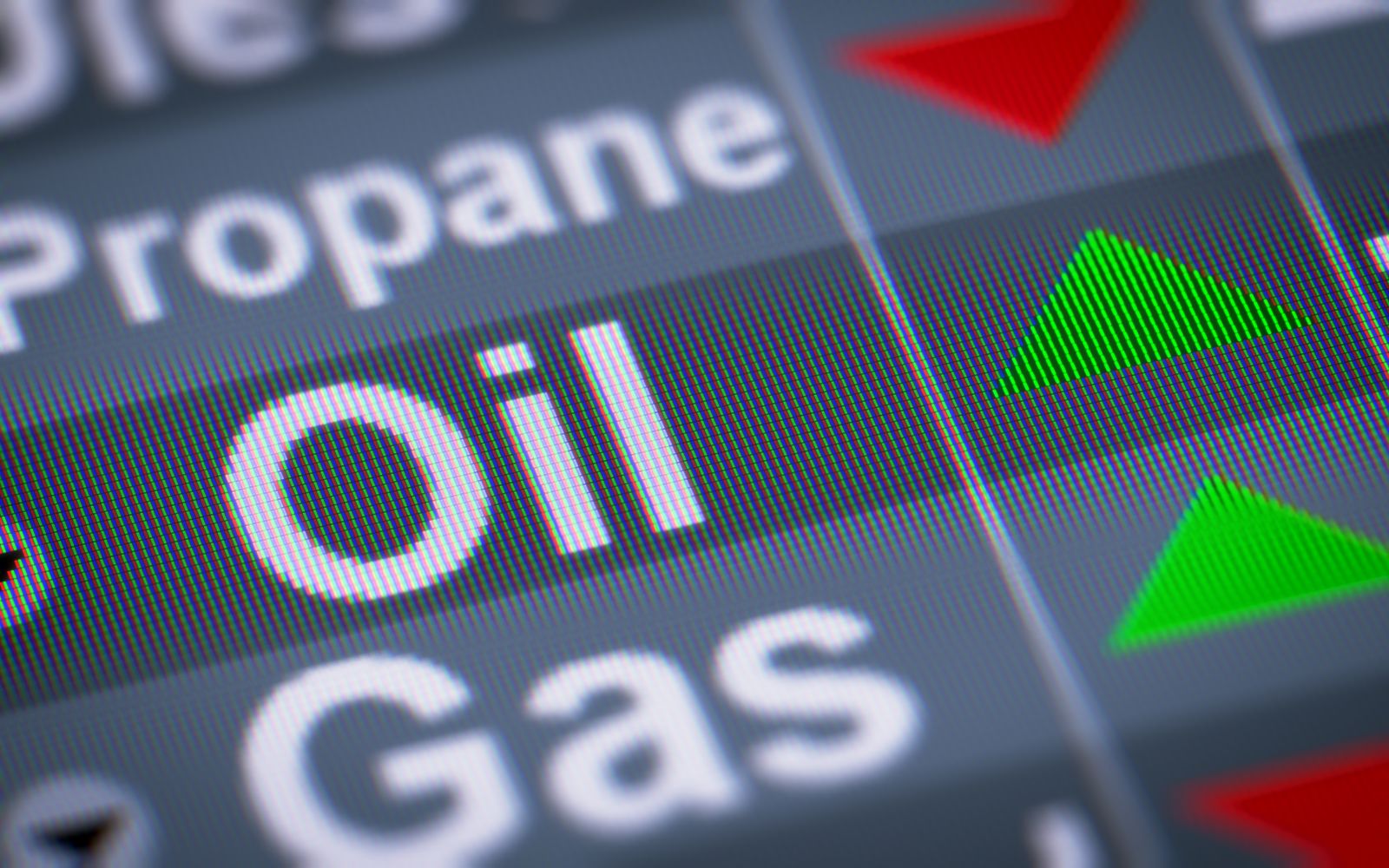
June WTI crude oil (CLM23) this morning is down -1.34 (-1.75%), and June RBOB gasoline (RBM23) is down -0.16 (-0.06%). June Nymex natural gas (NGM23) is down -0.101 (-4.19%).
Crude oil and gasoline prices this morning are moderately lower. Crude prices are under pressure from a stronger dollar and China economic concerns after today's news that China's Apr manufacturing and non-manufacturing activity slowed more than expected. Energy prices recovered from their worst levels on U.S. economic optimism after stronger-than-expected U.S. Mar construction spending and ISM manufacturing reports.
Jun nat-gas this morning is sharply lower on the outlook for milder U.S. weather to curb heating demand for nat-gas. Forecaster Atmospheric G2 said above-normal temperatures are expected for the central and southern U.S. states and seasonal temperatures for the eastern U.S. from May 5-9.
Today's Chinese economic news was weaker than expected and bearish for energy demand and crude prices. The China Apr manufacturing PMI fell -2.7 to a 4-month low of 49.2, weaker than expectations of 51.4. Also, the Apr non-manufacturing PMI fell -1.8 to 56.4, weaker than expectations of 57.0.
U.S. economic news today was better than expected and supportive of energy demand and crude prices. The Apr ISM manufacturing index rose +0.8 to 46.1, stronger than expectations of 46.8. Also, Mar construction spending rose +0.3% m/m, stronger than expectations of +0.1% m/m and the largest increase in 4 months.
Strength in energy demand in India, the world's third largest crude consumer, is bullish for prices after India's Ministry of Petroleum and Natural Gas reported India's Mar crude processing rose +3.1% y/y to 23 MMT. Also, India's Mar crude imports rose +7.9% y/y to 20.5 MMT.
Signs of stronger Chinese fuel demand are positive for crude prices. China's CCTV reported that about 9 million passenger trips would be made during the week-long Golden Week holidays in China that started April 29, up +30% from 6.9 million trips in 2019 before the pandemic.
Another bearish factor for crude prices is concern that tighter monetary policy from the world's central banks will slow economic growth and energy demand. The Fed is expected to raise interest rates by 25 bp at Wednesday's FOMC meeting, and the ECB is expected to raise rates by 25 bp at Thursday's policy meeting.
In a bullish factor, Vortexa reported today that the amount of crude stored on tankers that have been stationary for at least a week fell -7.2% w/w to 88.87 million bbl in the week ended April 28.
The ongoing halt of Iraqi crude exports from the Turkish port of Ceyhan is tightening global oil supplies and is bullish for crude prices. The Turkish government said it wants to negotiate a $1.5 billion settlement that it has been ordered to pay before allowing Iraqi crude exports to resume through its pipeline. Oil exports of 400,000 bpd from the Turkish port of Ceyhan have been halted since March 25 after Iraq won an arbitration case from the International Chamber of Commerce that said Turkey violated a 1973 pipeline transit agreement by allowing crude from the Kurdish region to be exported without Iraqi government consent.
Crude prices surged on April 3 after OPEC+ announced a surprise oil production cut of more than 1 million bpd starting May 1. Saudi Arabia said the cuts were a "precautionary measure aimed at supporting the stability of the oil market." OPEC Mar crude production fell by -80,000 bpd to 29.16 million bpd.
Last Wednesday's EIA report showed that (1) U.S. crude oil inventories as of April 21 were -0.5% below the seasonal 5-year average, (2) gasoline inventories were -7.2% below the seasonal 5-year average, and (3) distillate inventories were -12.4% below the 5-year seasonal average. U.S. crude oil production in the week ended April 21 fell -0.8% w/w to 12.2 million bpd, only 0.9 million bpd (-6.9%) below the Feb-2020 record-high of 13.1 million bpd.
Baker Hughes reported last Friday that active U.S. oil rigs in the week ended April 28 were unchanged at 591 rigs, moderately below the 2-1/2 year high of 627 rigs posted on December 2. U.S. active oil rigs have more than tripled from the 17-year low of 172 rigs seen in Aug 2020, signaling an increase in U.S. crude oil production capacity.
On the date of publication, Rich Asplund did not have (either directly or indirectly) positions in any of the securities mentioned in this article. All information and data in this article is solely for informational purposes. For more information please view the Barchart Disclosure Policy here.






